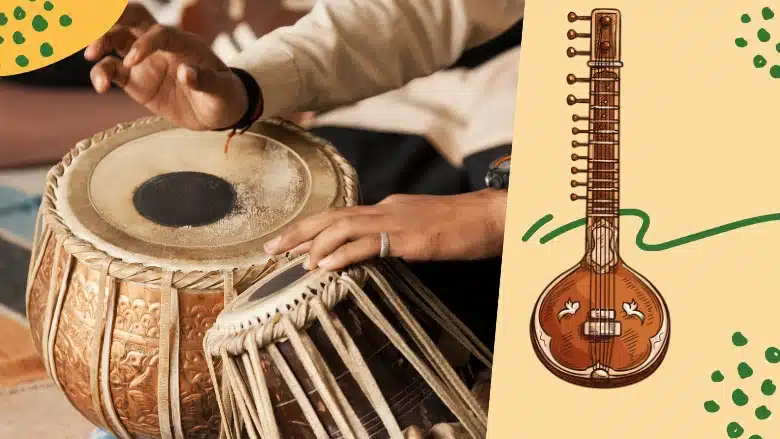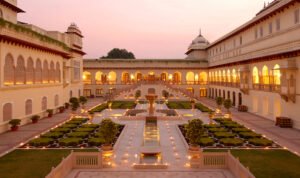India’s soul resonates through its music — and at the heart of that soul lies Hindustani Classical Music, a timeless tradition from the northern part of the subcontinent. It’s more than just sound; it’s a spiritual journey, a cultural treasure, and a melodic thread that ties together centuries of heritage.
Origins Rooted in Devotion and Nature
The roots of Hindustani music trace back over 2,000 years to the Vedic period, where sacred chants and hymns (Sama Veda) were used in rituals and spiritual practices. Over time, this evolved into a more structured form of musical expression, blending with Persian and Islamic influences during the medieval period, especially under the patronage of Mughal emperors.
This fusion gave Hindustani music its unique identity — deeply spiritual, yet richly expressive.
The Structure: Raga and Tala
At the heart of Hindustani music lie two foundational pillars:
Raga – a melodic framework, each with its own mood, time of performance, and emotional expression (rasa). Think of it as a musical personality.
Tala – the rhythmic cycle, like a heartbeat, guiding the tempo and timing of the performance.
Together, they create an experience that’s meditative, spontaneous, and deeply moving.
Vocal and Instrumental Styles
Hindustani music can be vocal or instrumental. Some major vocal styles include:
Dhrupad – the oldest and most serious form, focused on spirituality and depth.
Khayal – more flexible, expressive, and melodic; currently the most popular form.
Thumri, Tappa, Dadra – lighter classical forms that explore love, longing, and emotion.
Famous instruments of Hindustani music include:
Sitar – melodic, resonant strings.
Tabla – a twin-drum percussion instrument.
Harmonium – used in vocal accompaniment.
Sarod, Santoor, Shehnai, Flute – each with its own unique tone and style.

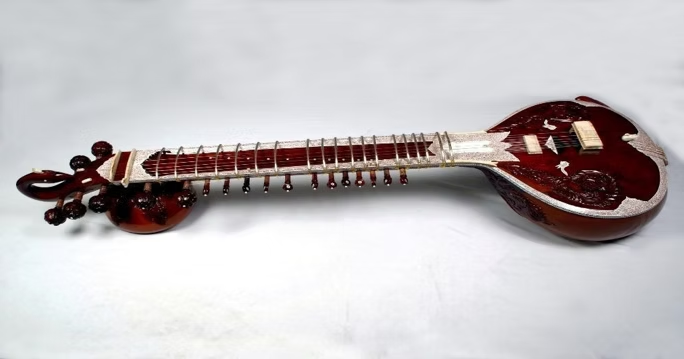
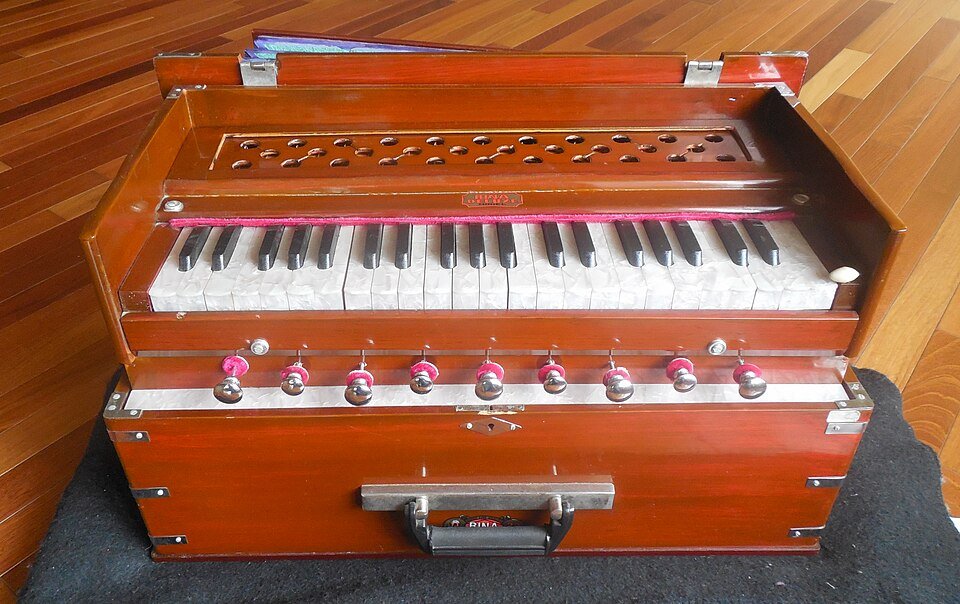
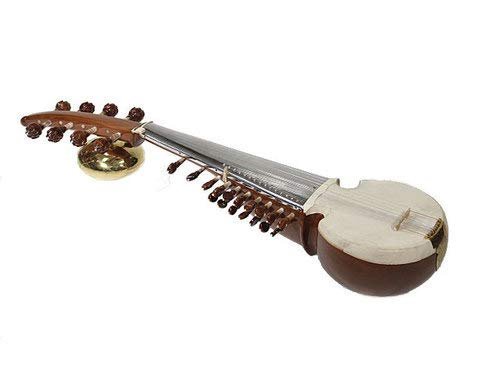


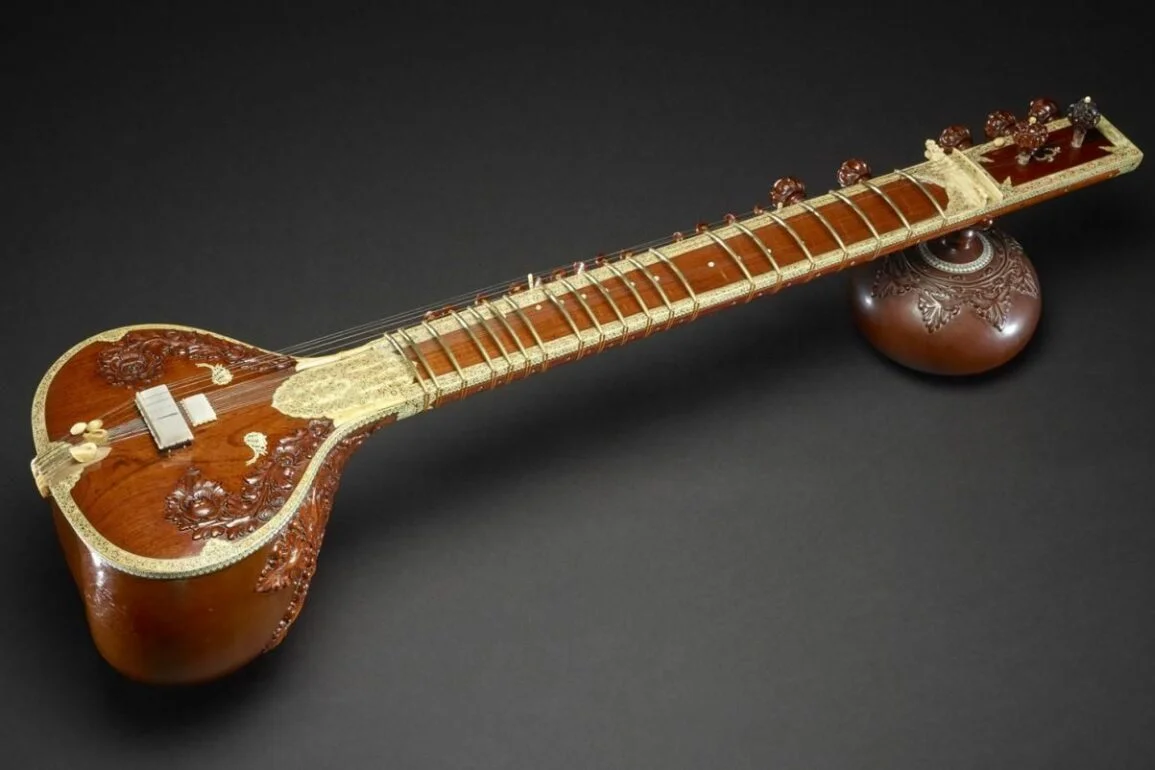

Legendary Maestros
The legacy of Hindustani music is shaped by its legendary maestros, such as:
Tansen – court musician of Emperor Akbar, said to have performed ragas that could summon rain or light lamps.
Pandit Bhimsen Joshi, Ustad Bismillah Khan, Ravi Shankar, Kishori Amonkar, and Ustad Zakir Hussain – each brought global recognition to Indian classical music through unmatched mastery.
Gharanas – The Musical Lineages
Hindustani music is passed down through gharanas – musical lineages or schools that preserve specific styles and techniques. Each gharana (like Gwalior, Jaipur, Kirana, or Patiala) offers a unique interpretation of the art form, reflecting regional and familial influences.
Global Appeal and Modern Connections
Today, Hindustani music isn’t confined to traditional concerts or temples. It resonates in fusion music, Bollywood compositions, meditation playlists, and international collaborations. Artists like Ravi Shankar and Zakir Hussain have taken it to global audiences, proving that its melodic magic knows no boundaries.
Why It Still Matters
In an age of fast beats and short reels, Hindustani classical music invites us to slow down… to listen… and to feel. It’s a meditative escape, a cultural education, and a deeply emotional art form that connects us to our roots and ourselves.
Why You Should Tune In
Hindustani music isn’t just for classical connoisseurs — it’s for anyone who wants to feel music beyond lyrics and beats. Whether you’re unwinding after a long day, exploring India’s rich culture, or simply curious about something new, this timeless art form has something soulful to offer.
So next time you hear a raga playing or see a sitar on stage, pause for a moment. Let the notes sink in. You might just discover a new favorite way to connect with music — and yourself.

